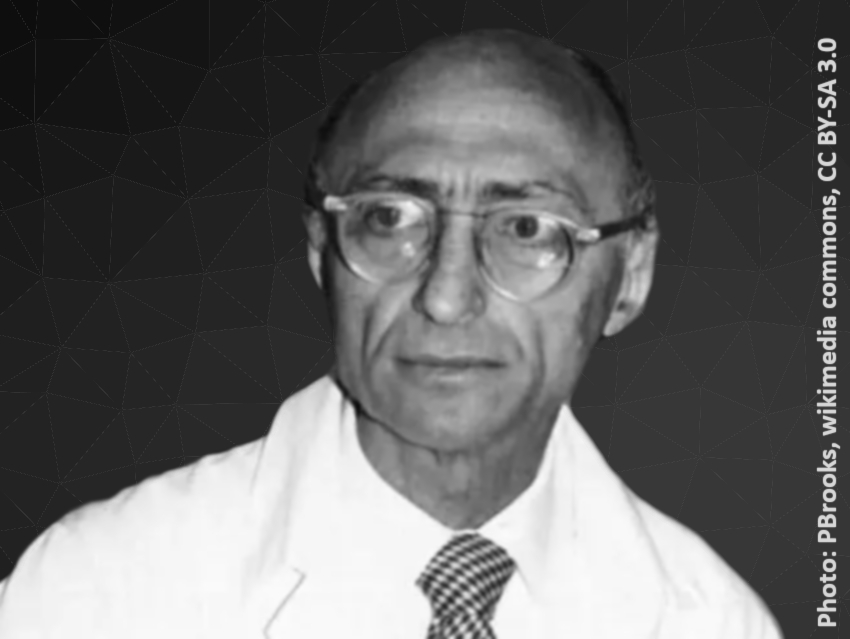Martin Pope, Professor Emeritus, New York University (NYU), New York City, USA, has passed away on March 27, 2022. Pope was a pioneer in the field of molecular semiconductors and well-known for his work on electroluminescence and organic materials. His discoveries are important in the fields of organic electronics and organic light-emitting diodes (OLEDs). For example, he found that electricity can induce light emission in crystals of anthracene, a polycyclic aromatic hydrocarbon [1].
Martin Pope was born as Isidore Poppick on August 22, 1918, in New York City. He studied chemistry and physics at the City College of New York, where he received his Bachelor’s degree in 1939. During World War II, Pope worked as a researcher at Columbia University, New York City, and served in the U.S. Army Air Force in the Pacific region. After the war, Pope worked at Balco Research Laboratories in Newark, NJ, USA. He then became a graduate student at the Brooklyn Polytechnic Institute, New York City, where he received his Ph.D. in physical chemistry in 1950. Pope joined the faculty of NYU in 1956 as a Researcher in the Radiation and Solid State Physics Lab (RSSL). He became Professor of Chemistry there, as well as Director of the RSSL. He retired in 1988 and became Professor Emeritus for Physical Chemistry at NYU.
Among other honors, Pope received the Townsend Harris Medal from the City College of New York in 1996, a citation for Outstanding Contributions to the Department of Energy of the United States in 1988, and the Davy Medal from the Royal Society in 2006. He was a Fellow of the American Physical Society (APS), the New York Academy of Sciences, and the American Association for the Advancement of Science.
Reference
- [1] Electroluminescence in Organic Crystals,
M. Pope, H. P. Kallmann, P. Magnante,
J. Chem. Phys. 1963, 38, 2042–2043.
https://doi.org/10.1063/1.1733929
Selected Publications
- Effect of Magnetic Field on the Fluorescence of Tetracene Crystals: Exciton Fission,
N. Geacintov, M. Pope, F. Vogel,
Phys. Rev. Lett. 1969, 22, 593–596.
https://doi.org/10.1103/PhysRevLett.22.593 - Triplet exciton caging in two dimensions,
S. Arnold, R. R. Alfano, M. Pope, W. Yu, P. Ho, R. Selsby, J. Tharrats, C. E. Swenberg,
J. Chem. Phys. 1976, 64, 5104–5114.
https://doi.org/10.1063/1.432184 - Heterofission in pentacene-doped tetracene single crystals,
J. Burgos, M. Pope, Ch. E. Swenberg, R. R. Alfano,
Phys. Status Solidi B 1977, 83, 249–256.
https://doi.org/10.1002/pssb.2220830127 - Triplet exciton diffusion and double photon absorption in tetracene,
J. B. Aladekomo, S. Arnold, M. Pope,
Phys. Status Solidi B 1977, 80, 333–340.
https://doi.org/10.1002/pssb.2220800139 - Electronic Processes in Organic Solids,
M. Pope, C. E. Swenberg,
Ann. Rev. Phys. Chem. 1984, 35, 613–655.
https://doi.org/10.1146/annurev.pc.35.100184.003145 - Electronic Processes in Organic Crystals and Polymers,
M. Pope, C. E. Swenberg,
Oxford University Press, 1999.
ISBN: 9780195129632


